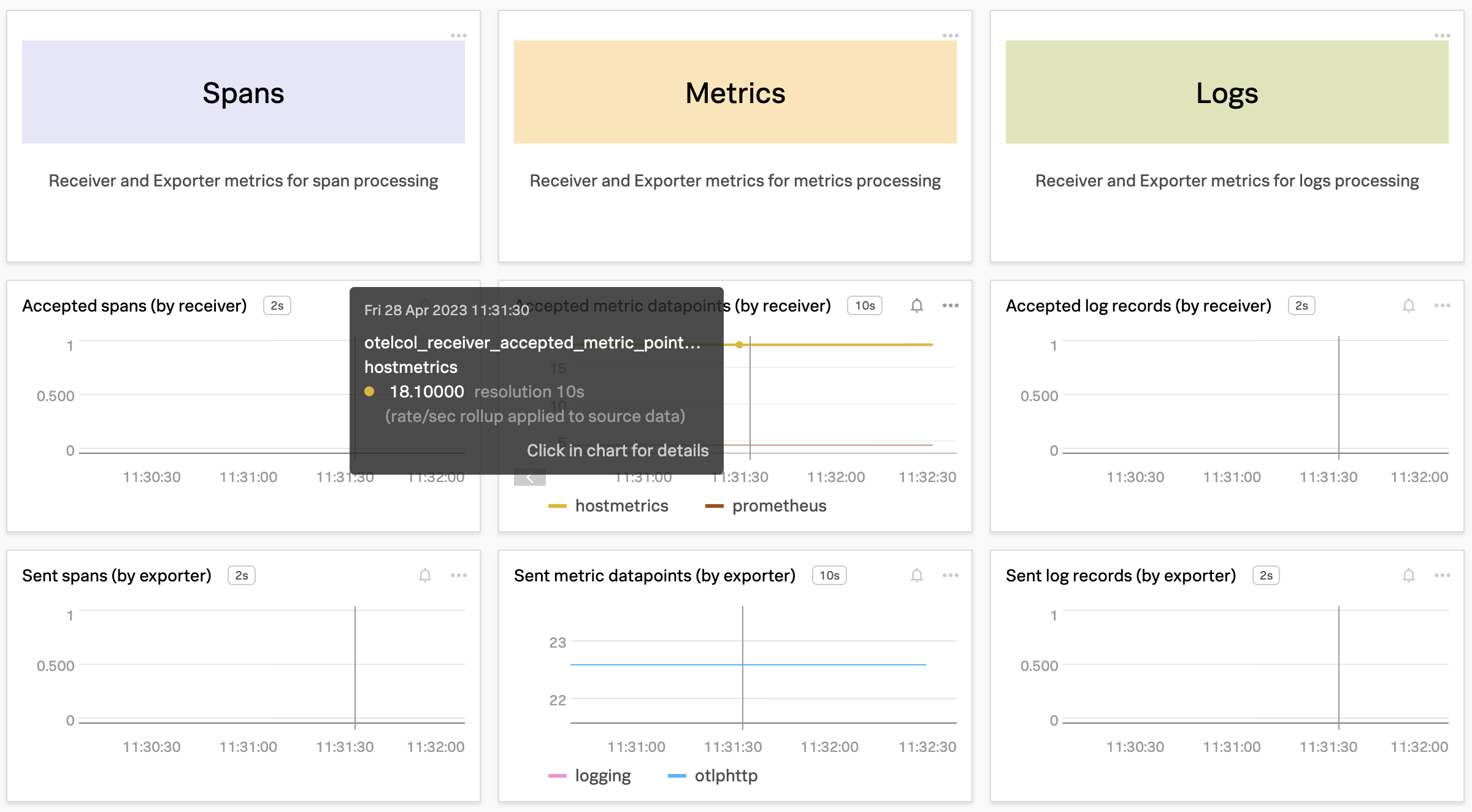OpenTelemetry Collector Receivers
Welcome to the receiver portion of the workshop! This is the starting point of the data pipeline of the OpenTelemetry Collector. Let’s dive in.
A receiver, which can be push or pull based, is how data gets into the Collector. Receivers may support one or more data sources. Generally, a receiver accepts data in a specified format, translates it into the internal format and passes it to processors and exporters defined in the applicable pipelines.
%%{
init:{
"theme":"base",
"themeVariables": {
"primaryColor": "#ffffff",
"clusterBkg": "#eff2fb",
"defaultLinkColor": "#333333"
}
}
}%%
flowchart LR;
style M fill:#e20082,stroke:#333,stroke-width:4px,color:#fff
subgraph Collector
A[OTLP] --> M(Receivers)
B[JAEGER] --> M(Receivers)
C[Prometheus] --> M(Receivers)
end
subgraph Processors
M(Receivers) --> H(Filters, Attributes, etc)
E(Extensions)
end
subgraph Exporters
H(Filters, Attributes, etc) --> S(OTLP)
H(Filters, Attributes, etc) --> T(JAEGER)
H(Filters, Attributes, etc) --> U(Prometheus)
end
